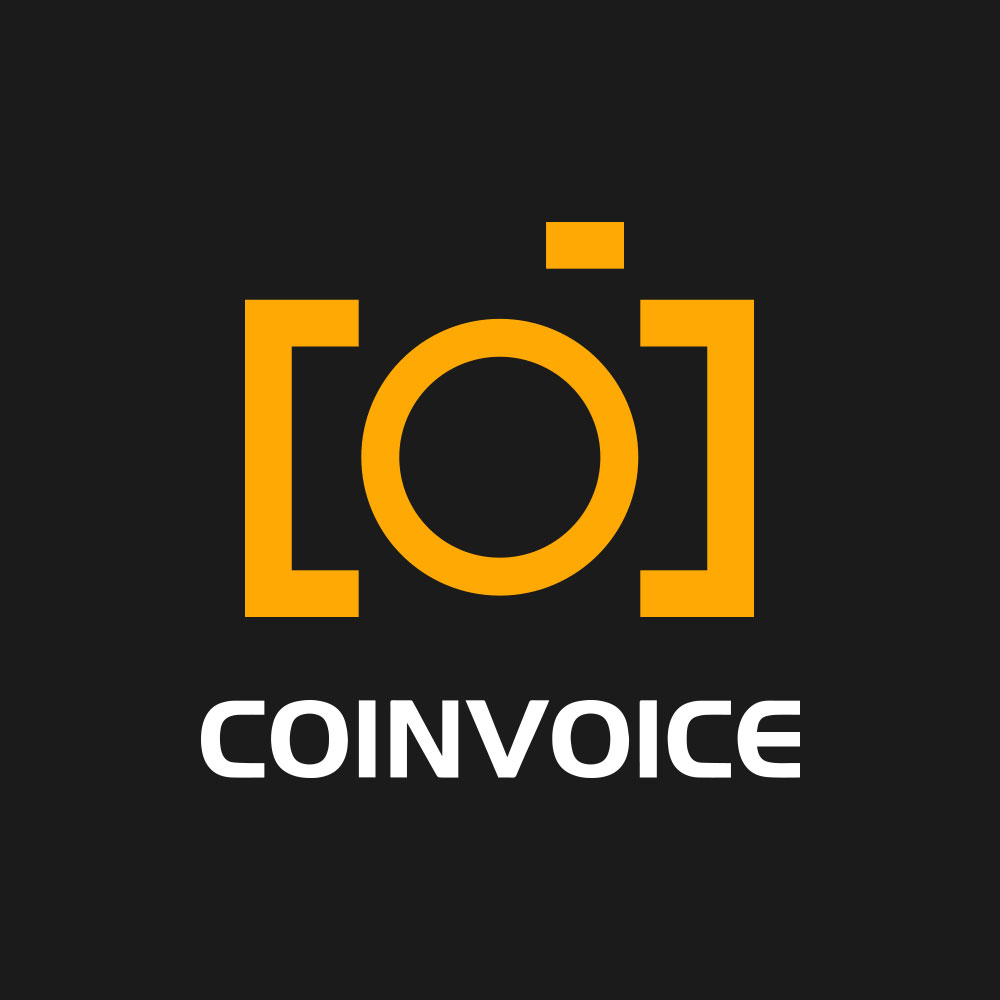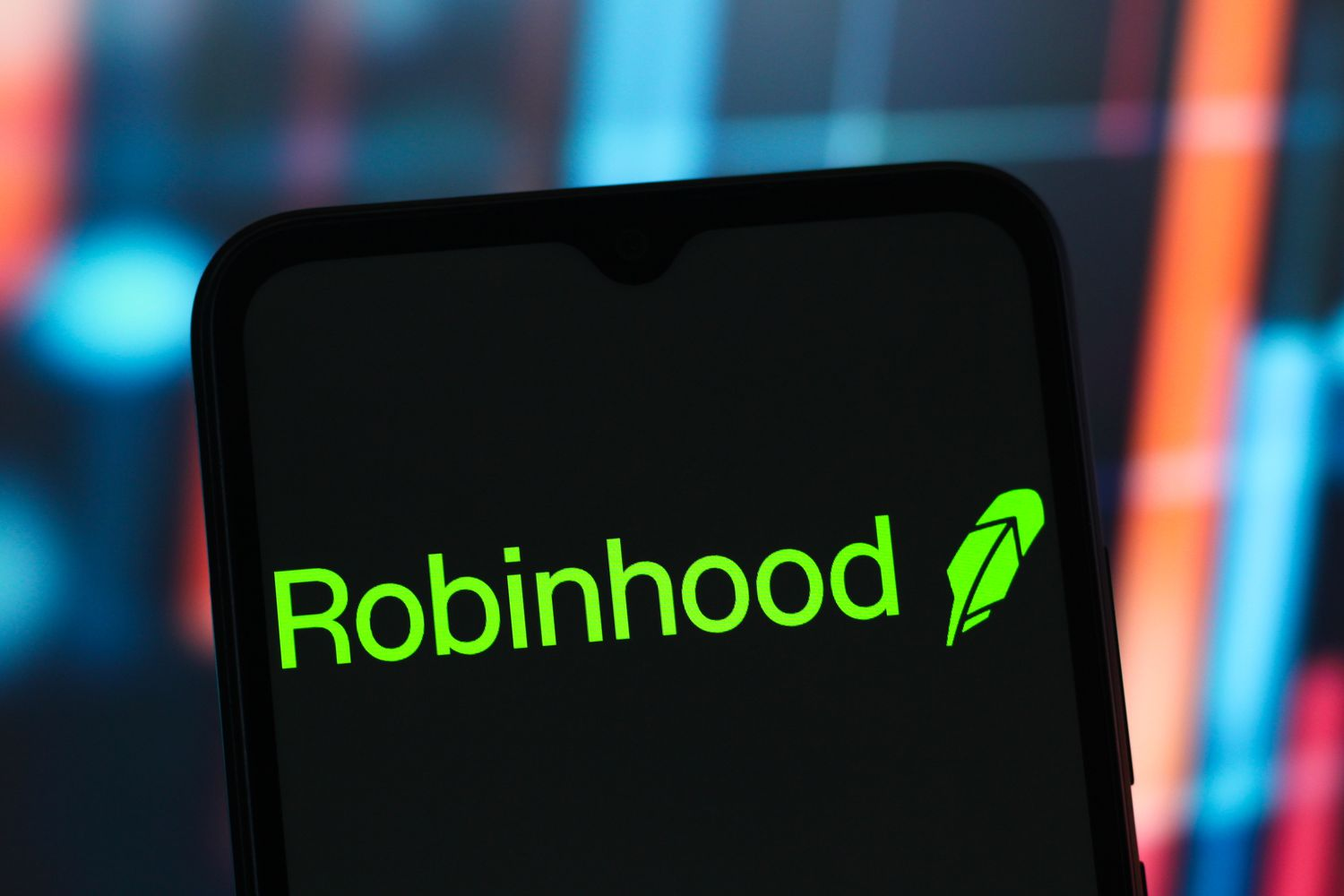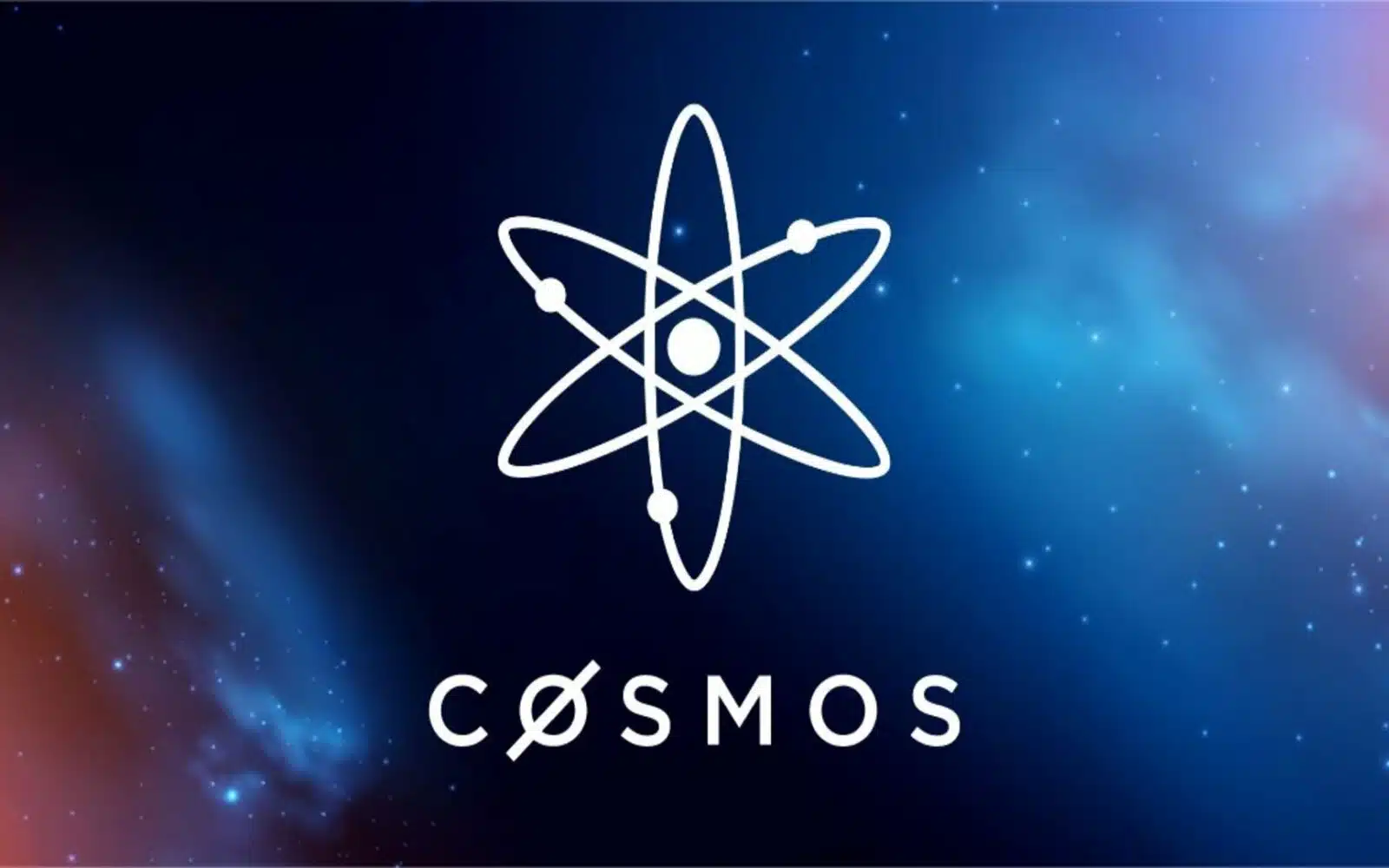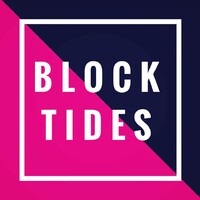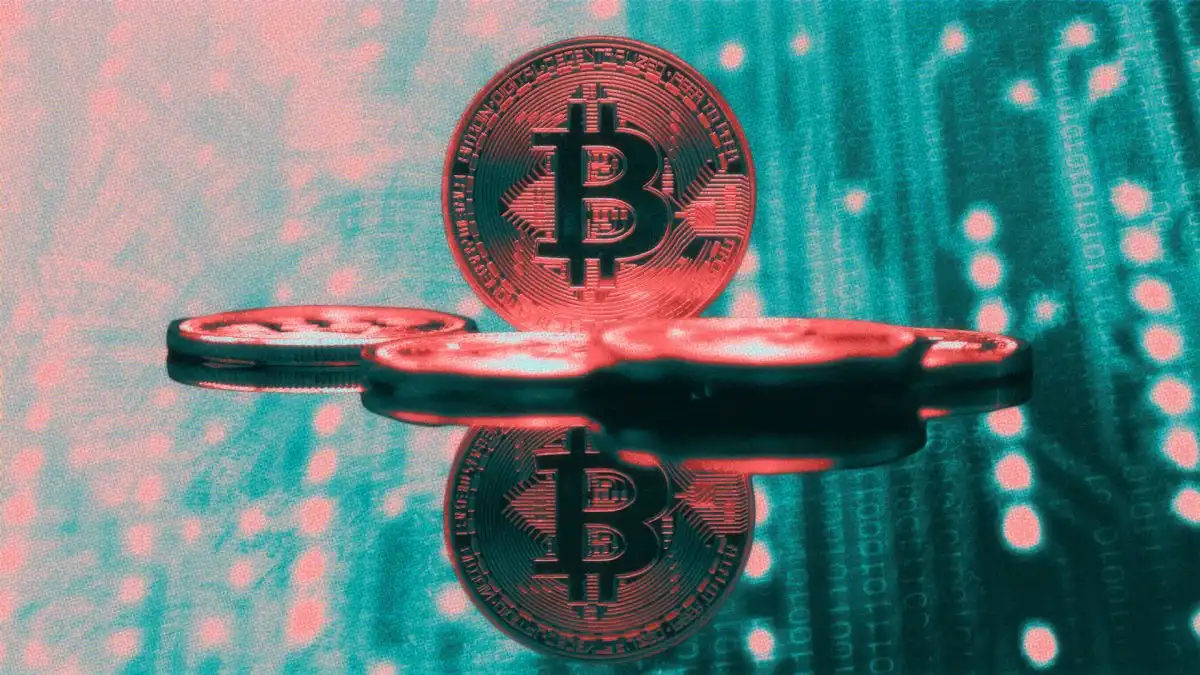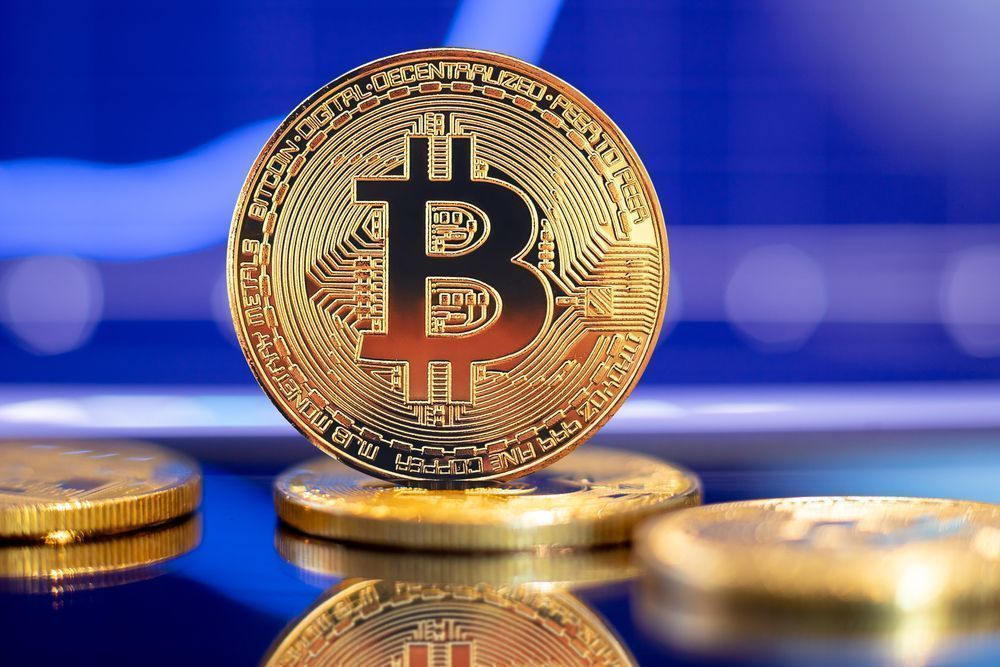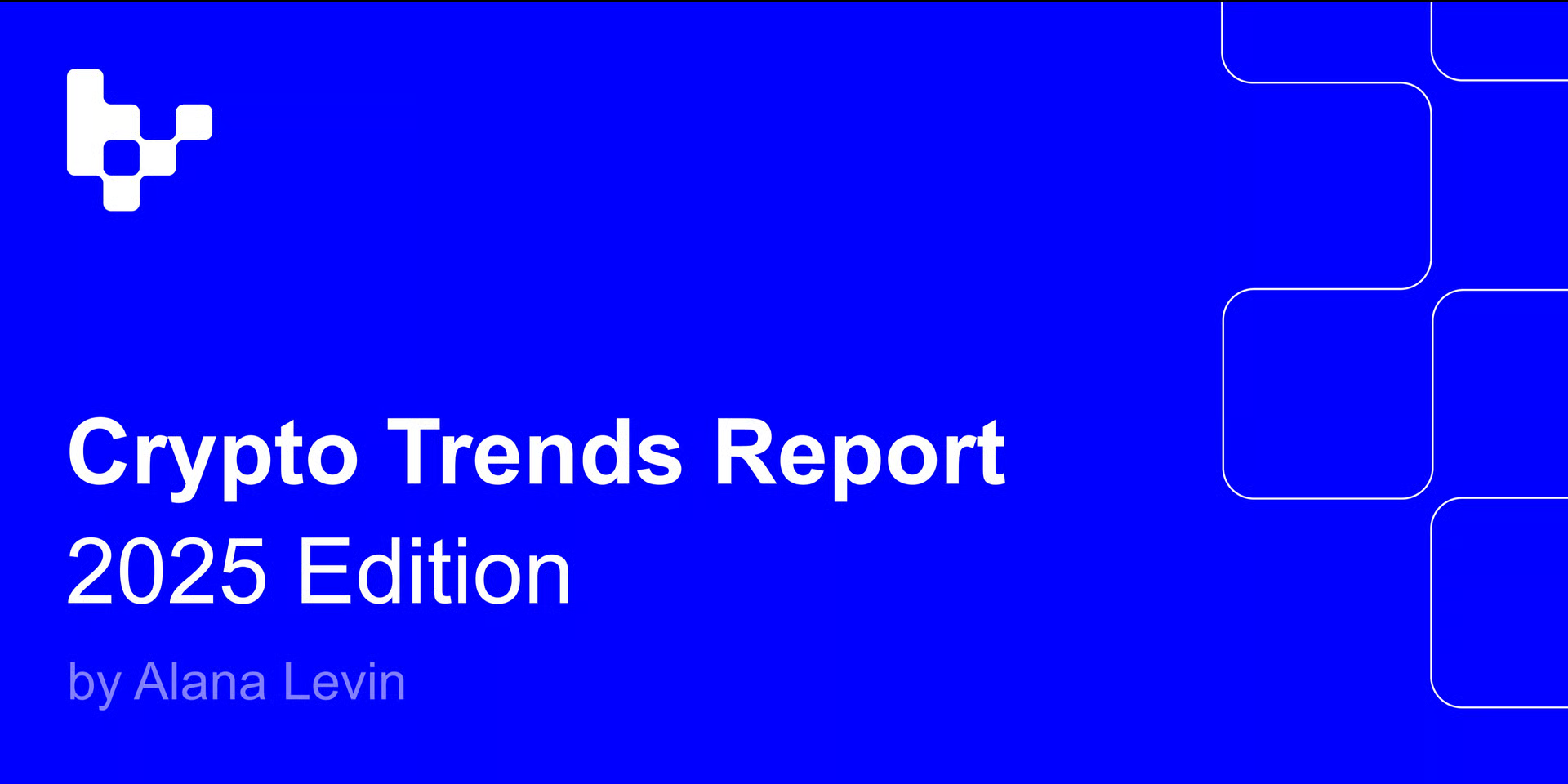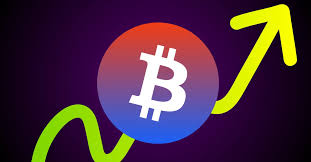By Daniel Li,CoinVoice
On June 30, 2025, in Cannes, France, Robinhood CEO Vlad Tenev took center stage to unveil a series of groundbreaking initiatives: the Robinhood Chain (built on Arbitrum), tokenized US stock trading, perpetual futures, ETH/SOL staking, private equity token subscriptions, and the Rabbit Gold Card—converting off-chain cashback directly into crypto assets. Though titled "To Catch a Token", the event targeted the very foundations of traditional finance. Following the announcement, Robinhood’s stock surged nearly 10%, pushing its market cap beyond $76 billion, electrifying both crypto and equity investors.
From a "zero-commission" disruptor to an on-chain financial architect, Robinhood is embedding itself deep within global finance. This is no longer a brokerage’s evolution—it’s a strategic realignment spanning technology, product, regulation, and user acquisition. Against the backdrop of the Trump administration’s push for lighter crypto regulation and a global tokenization boom, Robinhood aims to pioneer a closed loop of "tokenized stocks + private equity + native Layer2", establishing a new order for 24/7 on-chain trading and asset issuance.
This analysis unfolds in three parts: tracing Robinhood’s growth trajectory, dissecting how this "new financial titan" leverages blockchain and compliance to evolve from a "low-cost broker" into a central player in the tokenized US stock revolution.
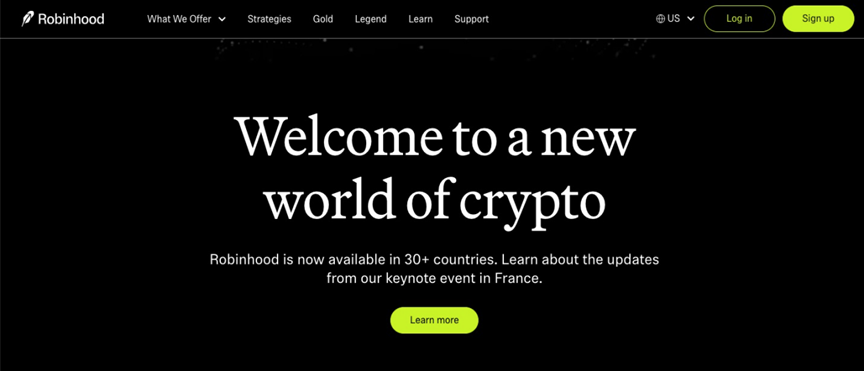
The Rise of Robinhood: From Zero-Commission Innovation to the Dawn of On-Chain Finance
In 2013, Stanford graduate students Vlad Tenev and Baiju Bhatt, inspired by the Occupy Wall Street movement, identified a structural inequity in traditional finance: institutional investors leveraged technological and cost advantages for privileged access, while retail traders faced prohibitive commissions and complex barriers. Driven by a vision of "financial democratization," these millennial founders created Robinhood—a radical solution targeting user pain points. Launched in 2015, the app rapidly gained traction with its commission-free, zero-minimum brokerage model. Early testing attracted over 50,000 sign-ups, and its waitlist surpassed one million before the official release. By 2018, registered users hit 4 million, eclipsing traditional broker E*TRADE (founded 36 years prior), heralding the era of digital-first brokerage.
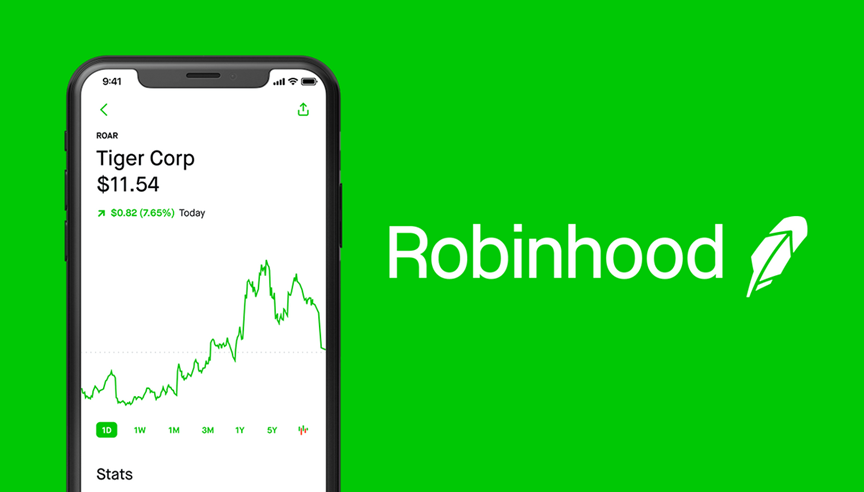
As its business model matured, Robinhood evolved from a "free trading platform" to a "financial gateway for the new generation." By Q1 2025, funded accounts reached 25.8 million (up 8% quarter-over-quarter), client assets surged to $221 billion, and assets per user hit a record $8,566. This leap not only demonstrated enhanced capital stewardship but also signaled a user-base shift from "novice retail traders" to the "rising middle-class cohort." Critically, its premium Robinhood Gold subscribers exceeded 3.2 million—a 90% YoY jump—reflecting deepening penetration among young, high-value users.
Yet Robinhood’s ambitions extend far beyond "putting assets on-chain." It aims to build an end-to-end on-chain asset management ecosystem—positioning itself as the "Fidelity of Crypto." This blueprint crystallized early:
2022: Launched non-custodial Robinhood Wallet, enabling BTC/ETH self-custody and DeFi interoperability.
2023: Enabled on-chain asset withdrawals, dismantling centralized account barriers.
2024: Acquired Europe’s oldest regulated exchange Bitstamp for $200M, securing 50+ global licenses (UK/EU/Singapore) and integrating its 5,000+-institution liquidity network with 24/7 trading engines.
This acquisition slashed compliance timelines while packaging institutional capabilities and global regulatory frameworks—finalizing Robinhood’s on-chain finance infrastructure.
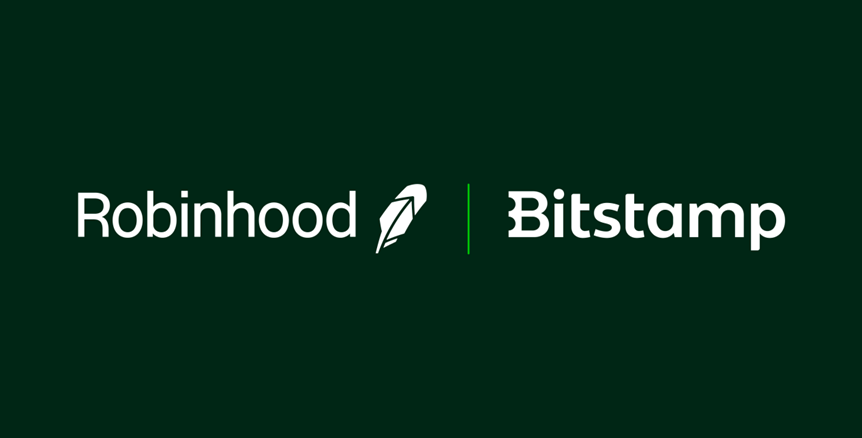
From zero commissions to crypto dominance, Robinhood’s strategic pivots yielded tangible returns. Q1 2025 revenue hit $583 million, with crypto contributing $252 million (43%)—surpassing options ($240M) and equities ($184M) for the first time. This shift validated three core competencies: crypto on-ramps, liquidity engines, and closed-loop financial services. As founder Tenev asserts:
"Robinhood’s ultimate mission isn’t to replicate Wall Street—but to build an accessible on-chain financial infrastructure for all."
Robinhood's Quantum Leap: Ushering in the Era of Tokenized US Stocks and Global On-Chain Investment
On June 30, 2025, at the "To Catch a Token" event in Cannes, France, Robinhood unveiled its pinnacle crypto strategy, formalizing its regionalized market approach and product ecosystem. Centered on Europe as its strategic beachhead, the announcement focused on three pillars: Tokenized US Stocks + Perpetual Contracts + All-in-One Investment App. Technically, Robinhood confirmed 200+ tokenized US equities and ETFs now live on Arbitrum Layer 2, enabling 24/5 trading (weekdays only) directly within its app. Automated on-chain synchronization for dividends and stock splits ensures users retain full economic rights. By year-end, Robinhood plans to expand coverage to thousands of assets, aiming to build the world’s most liquid, lowest-barrier on-chain securities market.
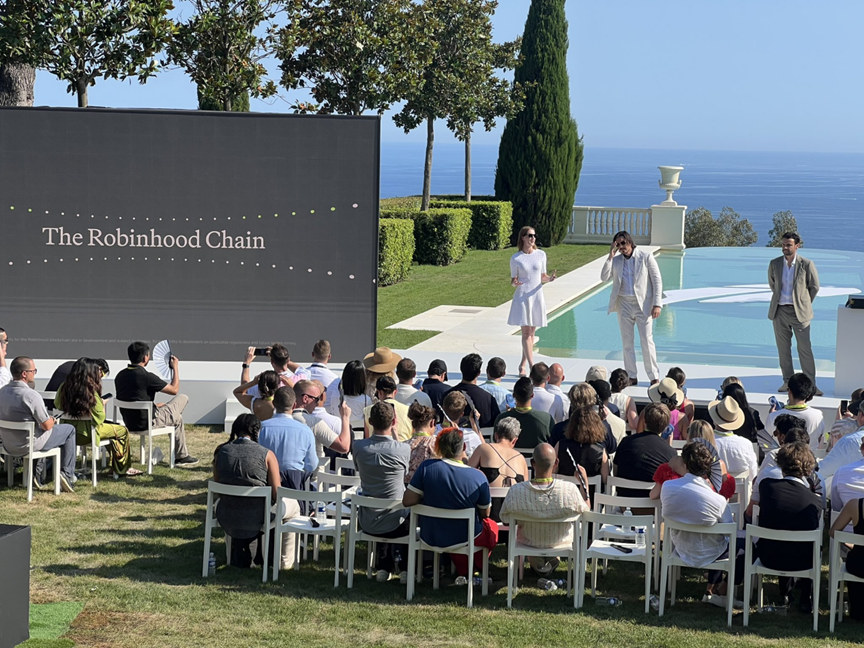
Concurrently, Robinhood rebranded its European "Robinhood Crypto" app as "Robinhood"—positioning it as a unified investment platform. Beyond existing crypto trading, perpetual futures (powered by Bitstamp’s liquidity and clearing infrastructure) will launch in summer 2025. The EU-centric mobile interface radically simplifies complexity: stop-loss/take-profit orders and leverage adjustments operate via intuitive sliders, dramatically lowering the learning curve for retail users and truly democratizing on-chain derivatives.
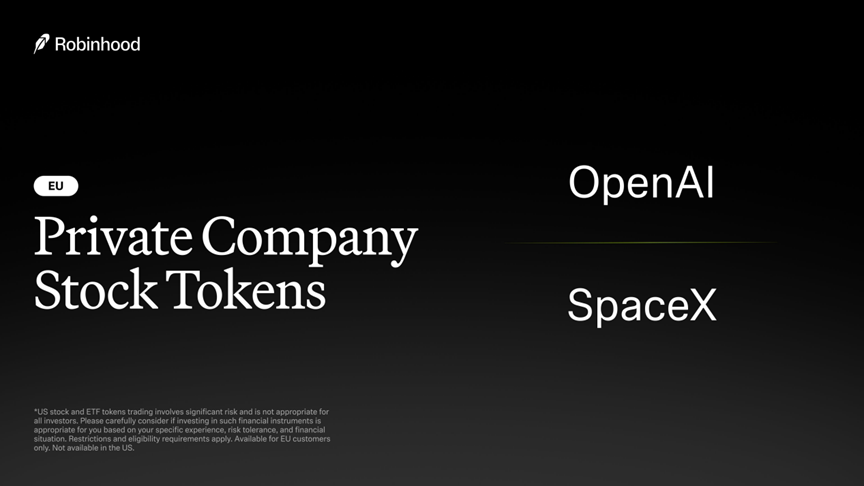
Simultaneously, Robinhood opened private equity token subscriptions for high-growth startups like SpaceX and OpenAI. Eligible users can claim tokens in-app, with each representing 1:1 ownership of actual equity—marking the first time ordinary investors access private markets via digital assets. This breakthrough disrupts the high-net-worth-and-institution-dominated structure, advancing "private equity democratization" in crypto. To spur adoption, a 2% deposit bonus incentivizes European users to maximize their strategic role in this tokenization frontier.
Beyond Europe, Robinhood’s US home market received upgrades for "advanced on-chain experiences":
ETH/SOL Staking: Launched nationwide with no minimums, plus 2% deposit rewards. Robinhood emphasized staking as both yield generation and network participation.
AI Assistant Cortex: Debuting for Robinhood Gold users, it synthesizes on-chain data, token news, whale activity, and corporate events to generate personalized trade ideas and risk alerts.
Powering this ecosystem is the Robinhood Chain—a self-developed Layer 2 infrastructure built on Arbitrum’s tech stack, designated as the first RWA-focused public chain. Its three-phase roadmap is now public:
Tokenization Phase: Robinhood procures physical stocks and mints 1:1 on-chain tokens.
Liquidity Integration: Bitstamp’s trading systems ensure 24/7 liquidity during traditional market closures.
Sovereignty Phase: Full cross-chain migration and self-custody capabilities unlock true asset sovereignty.
Scheduled for testnet in late 2025 and mainnet launch in 2026, this chain will transform Robinhood from a traditional broker into the pivotal access layer for global real-world asset digitization.
Robinhood's Breakthrough: Conquering Global Tokenized Finance Amid Regulatory Challenges and Multi-Dimensional Competition
In its quest to dominate global tokenized finance, Robinhood’s primary obstacle remains a complex and formidable regulatory gap. The U.S. SEC has yet to establish a concrete legal framework for security tokens. Anna Lee, Robinhood’s Chief Compliance Officer, acknowledged at industry forums:
"Tokenized U.S. stocks operate in a gray zone where traditional securities laws intersect with blockchain innovation—uncertainties and compliance risks persist."
When tokenizing stocks, ETFs, and private equity, Robinhood must navigate between existing securities regulations and emerging blockchain applications, balancing innovation with regulatory boundaries. Although the U.S. House passed the RWA Asset Registration and Compliance Exemption Act in 2024, the bill awaits Senate approval, leaving Robinhood without near-term legal safeguards.
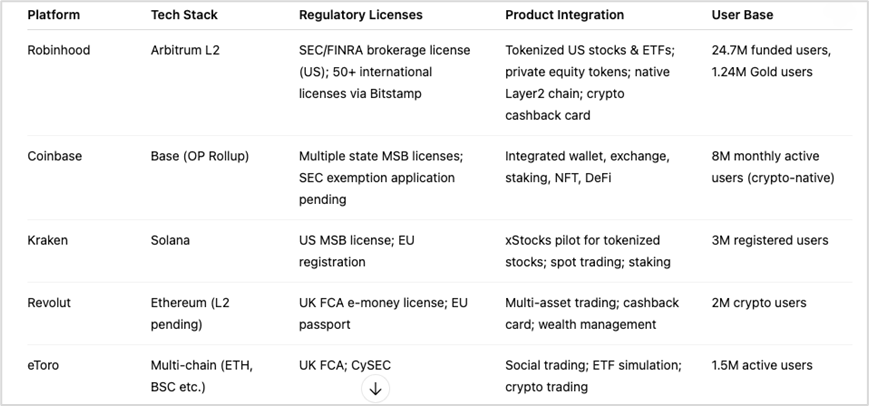
Europe’s relatively mature markets present their own hurdles. While MiCA (Markets in Crypto-Assets Regulation) provides a foundational framework, classification and compliance standards for tokenized securities remain evolving. Robinhood contends with:
Cross-jurisdictional fragmentation in KYC/AML rules
Divergent investor suitability requirements
Complex tax reporting mechanisms
David Chen, Head of Global Expansion, notes:
"Operating across jurisdictions demands meticulous precision—compliance isn’t just regulatory; it’s the bedrock of user trust."
Competition intensifies on three fronts:
Coinbase leverages its Base L2 ecosystem—integrating wallets, trading, staking, and DeFi—to dominate crypto-native users and developers.
Kraken’s xStocks experiments with fractionalized U.S. equities on Solana, attracting HFT traders with sub-second latency despite shallow liquidity.
Revolut & eToro capture European users via "financial supermarkets" and "social trading + ETF simulations," blending crypto access with investor education.
Against these threats, Robinhood deploys three strategic moats:
Regulatory legitimacy as a licensed U.S. broker-dealer, enabling legal tokenized securities issuance.
Global liquidity via Bitstamp’s 50+ licenses and 5,000+-institution network, ensuring 24/7 market depth.
User ecosystem with 10M+ monthly active users—particularly Gen Z—and seamless fiat-crypto integration through the Rabbit Gold Card’s crypto cashback.
Despite fragmented regulations, escalating competition, and technological complexity, Robinhood leverages its compliance pedigree, institutional liquidity, and mass-market foothold to build a global hub for tokenized equities and diverse RWA. As Anna Lee asserts:
"Compliance and innovation aren’t opposing forces—they’re twin engines propelling us forward."
The ultimate vision? A boundless on-chain financial experience where digital assets become daily wealth tools for all, invisible infrastructure enabling universal access.
